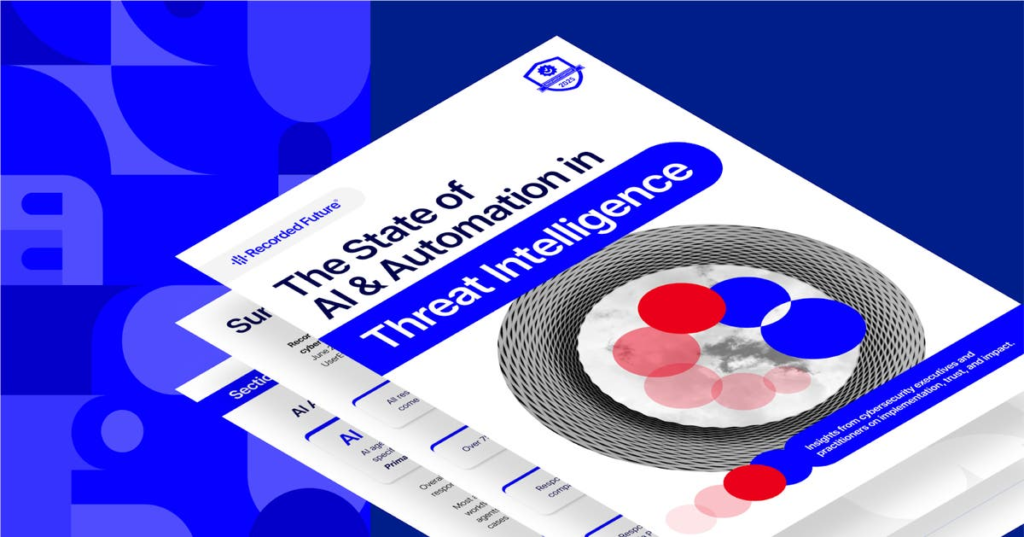In today’s rapidly evolving landscape of cybersecurity, the integration of artificial intelligence (AI) and automation into threat intelligence programs is no longer optional but a necessity. Recent collaborations with UserEvidence revealed insights from over 520 security executives and analysts worldwide. The findings from the 2025 State of AI and Automation in Threat Intelligence report paint a compelling picture: organizations that embrace AI-driven automation can leverage substantial competitive advantages, reshaping the way they approach threat detection and response.
One of the foremost areas where AI has demonstrated its value lies in the return on investment (ROI) regarding threat intelligence (TI) programs. Organizations that have adopted AI technologies report increased efficiency, faster response times, and improved accuracy in identifying threats. However, the report also highlights areas where the expected ROI remains elusive. For small and medium-sized businesses (SMBs), this creates an opportunity to understand both the successes and the shortcomings of AI integration. Strategies must be tailored to maximize effectiveness while addressing these gaps.
The growing urgency for organizations to implement robust AI solutions presents SMBs with hidden opportunities to enhance their threat intelligence programs. Success in this arena often hinges on automation, which streamlines processes, reduces human error, and enables security teams to focus on strategic initiatives rather than routine tasks. For instance, implementing automation using platforms like Make or Zapier can significantly improve workflow efficiency. By automating threat data collection, analysis, and dissemination, SMBs can ensure timely responses to emerging threats while conserving valuable human resources.
To begin leveraging automation in threat intelligence, SMB leaders should first conduct a thorough assessment of their current security operations. Identify repetitive tasks that consume significant time and resources without adding substantial value. Common examples might include data aggregation from various security tools, logging incidents, and generating reports. Once these tasks have been identified, the next step is to determine suitable AI tools that can facilitate automation. Platforms like Make and Zapier provide user-friendly interfaces that allow integration with popular security software, enabling teams to create automated workflows with relative ease.
After selecting the appropriate tools, SMBs can proceed with a step-by-step implementation plan. Begin by mapping out the desired workflow. For instance, if the goal is to streamline threat data collection, outline each step—from data retrieval to storage processes. Next, use Make or Zapier to set up automated ‘zaps’ or scenarios that execute these steps. As an initial experiment, start small; automate just one segment of the workflow. This might involve setting up an automated data pull from a threat intelligence feed every hour, pushing relevant data into a centralized database.
With the basics in place, the subsequent phase involves testing and iterating the automation process. Solicit feedback from the security team regarding the efficiency improvements gained from the automated workflow. This feedback loop is crucial, as continual refinement based on end-user experience will lead to better outcomes. Ensure that there is a robust error-handling mechanism as part of the automated workflow to capture anomalies or failures in data processing. This will safeguard against potential risks that arise from incorrect data being utilized in decision-making processes.
As businesses push boundaries with AI automation, it is essential to evaluate the broader impact on security operations. Besides operational efficiency, AI-driven automation in threat intelligence unlocks strategic advantages that can significantly affect an organization’s security posture. For example, automated analytics not only enhance real-time decision-making but also provide deeper insights into threat patterns, enabling proactive measures rather than reactive ones. SMBs might still be in the early phases of AI integration, but they should act quickly to harness these competitive advantages.
Additionally, ongoing training and awareness for staff are paramount. As organizations become more reliant on AI-driven solutions, employees must understand the capabilities and limitations of these technologies. Involving staff in the automation process can foster a culture of innovation, where team members feel empowered to suggest new automation opportunities that further enhance the TI program’s effectiveness.
While automation offers immense potential, it also comes with inherent challenges. Risks include over-reliance on automated processes, which can lead to complacency among team members. It is essential to maintain a balance between automated and human oversight in threat intelligence to minimize risks stemming from unnoticed anomalies that automation might overlook. Moreover, SMBs should consider compliance and regulatory aspects when implementing automation, as mishandling data could lead to significant penalties in sectors with stringent data protection regulations.
In evaluating the ROI of AI and automation in threat intelligence, businesses must adopt a holistic approach. Look beyond immediate cost savings and efficiency improvements; consider how AI capabilities can contribute to long-term resilience against evolving cyber threats. Enhanced detection accuracy, quicker incident responses, and improved threat visibility translate not just to minimized losses but can also significantly bolster customer trust and brand reputation.
In conclusion, the integration of AI and automation into threat intelligence programs is a strategic imperative for SMBs aiming to navigate the complexities of today’s cybersecurity landscape. By carefully identifying opportunities for automation, leveraging the right tools, and fostering an adaptive culture, SMB leaders can position their organizations for success. Adapting to change will yield both tactical advantages and transformative improvements in how security threats are managed.
FlowMind AI Insight: As businesses embark on this automation journey, it is essential to view AI as an enabler rather than a replacement for human expertise. Fostering collaboration between technology and skilled personnel will ultimately drive more resilient and adaptive security operations.
Original article: Read here
2025-08-20 03:35:00

